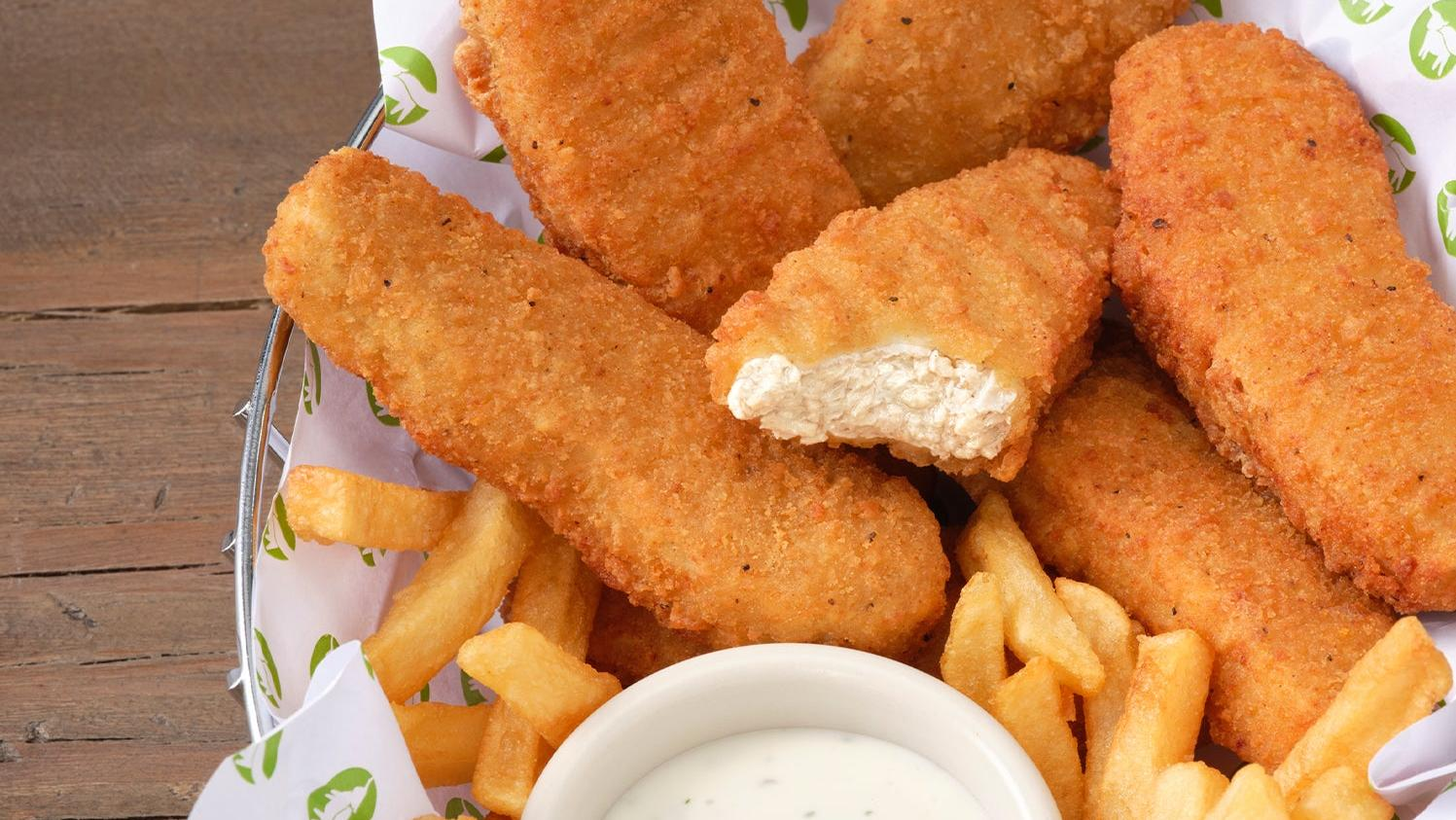The Downfall Of Fake Meat
Beyond Meat is laying off staff and trying to stay afloat.
It's been roughly half a decade since the term "plant-based meat" became part of the national lexicon, not to mention part of our regular diet. The proprietary blend of pea proteins, beet juices, and mysterious "natural flavors" has become a normal sight in the dining landscape, and it's not just Beyond Meat anymore—Impossible soon followed, and now tons of other brands (Quorn, Daring, Gardein, etc.) produce popular meatless offerings meant to capture the experience of eating our favorite animal products. But maybe that's the problem: Beyond Meat was early to the game, and the game might be evolving past it. The company appears to be in trouble.
What’s happening with Beyond Meat?
Investment company The Motley Fool writes that Beyond Meat is cutting its workforce by a whopping 19%—approximately 200 employees—in a move meant to slash eight figures' worth of spending from its operation. Beyond has also reportedly revised its revenue projections by as much as $120 million, with revenue down between 9-14% from this time last year. And as TechCrunch reports, the company's stocks have hit a 52-week low as well.
The company's press release calls these measures "a strategic shift in pursuit of a more sustainable growth model," but declining sales are absolutely at play here. And declining sales are partially due to fake meat's stubbornly high price point.
"One of the biggest challenges for plant-based meat companies is that they have yet to reach price parity with real meat," writes Michelle Cheng at our sister site, Quartz, "and the plant-based alternative is more expensive than traditional vegetarian fare like lentils or beans."
Bingo. The fact is, vegetarians were doing just fine without fake meat before Beyond and Impossible came along, and hardly have reason to add expensive alt-proteins into their diet when the cheapest ones do the most heavy lifting. Indeed, vegetarians and vegans were never the intended customer for Beyond: These products exist to cater to flexitarians, those in the habit of eating meat who crave the taste but might be looking to reduce their intake. And those folks aren't going to spend more on a habit they haven't yet cultivated.
Beyond Meat in fast food
Failing to connect with customers, Beyond's best bet might be the relatively frictionless delivery system of fast food. That way, we don't have to add it to our cart and cook it ourselves; we can just select Beyond protein at the drive-thru. But even this approach doesn't seem to be working.
Back in August, we took a look at Beyond Meat's many ventures into the fast food space. Each one seemed initially promising, and indeed, the ones we tasted, such as Pizza Hut's Beyond Italian Sausage Pan Pizza, were certainly fine stand-ins for their meaty equivalents. The KFC Beyond Fried Chicken, too, tasted like a good dupe, and got the textures close to correct. But at a certain point, it seems like a reinvention of the wheel. Taco Bell, of all places, doesn't need Beyond Meat carne asada when beans have always served as a delicious vegetarian swap. And while it might be too soon to delcare it DOA, it doesn't seem that many vegetarians are clamoring for McDonald's take on a Beyond burger, either.
It's worth asking: Are we nearing the end of a decade-long fad? For so long, it seemed like pea-protein-based "bleeding" patties were the future of our grocery landscape. And maybe they still will be; this could all just be a temporary lull, as we brace for inflation. But maybe Beyond's best and most lasting contribution to food discourse will have been to illuminate the many affordable, natural, and easy-to-cook hearty vegetarian options that were with us all along.
